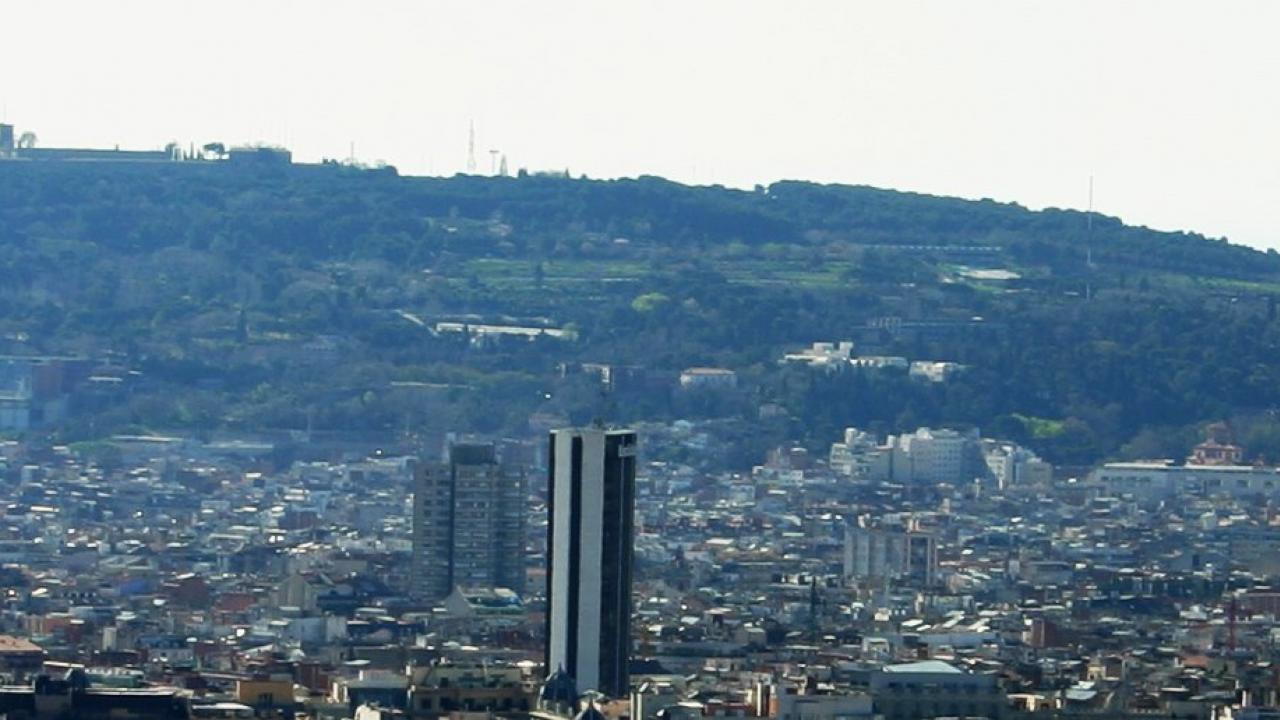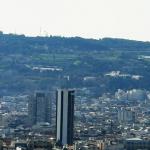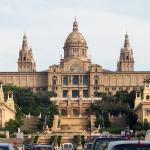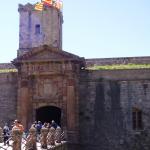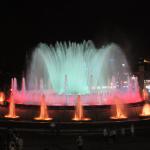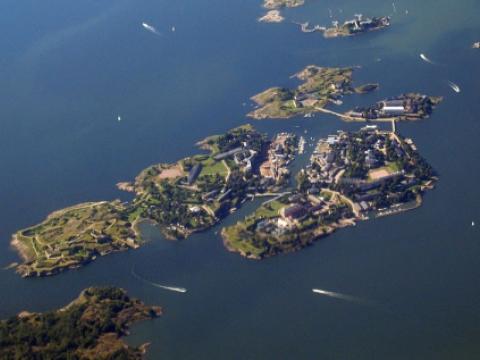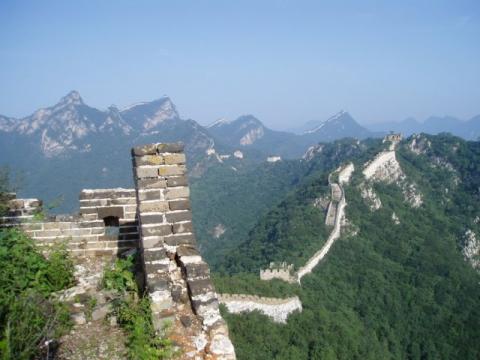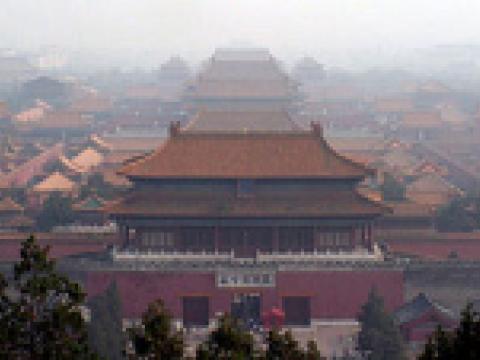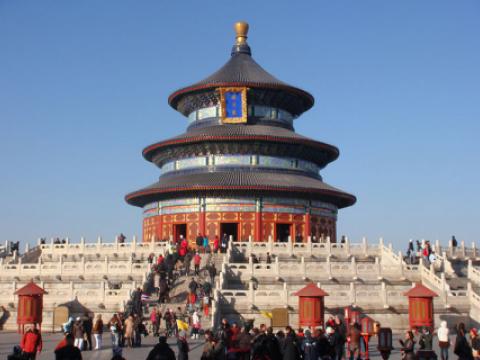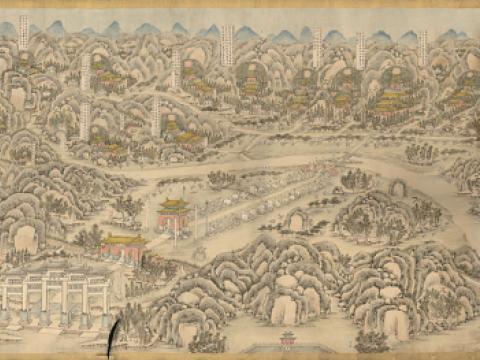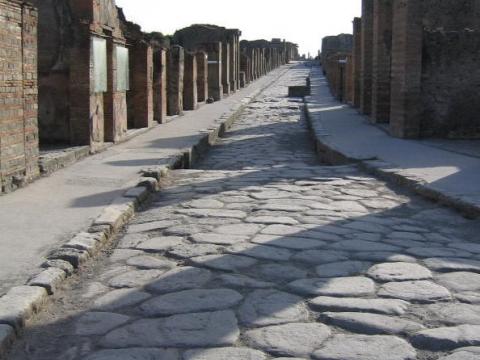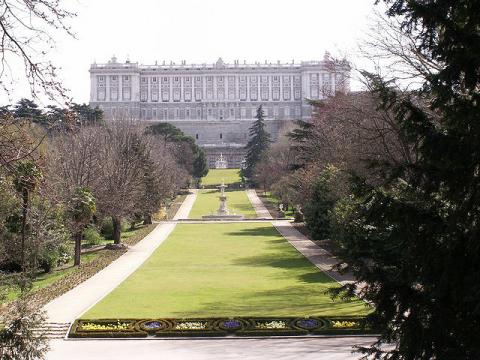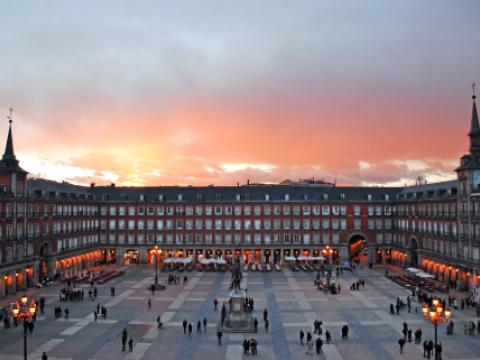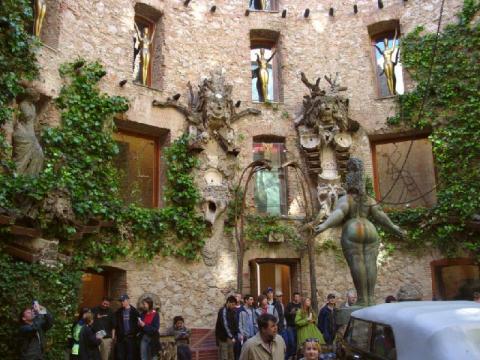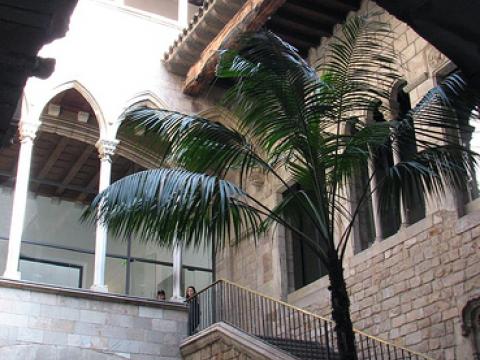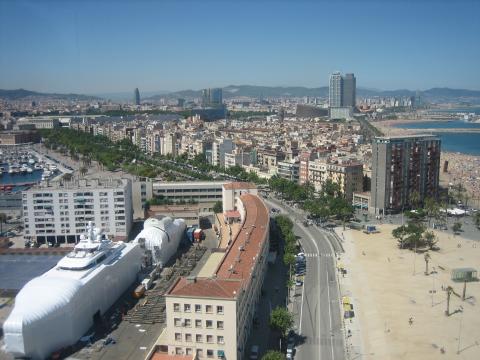Location
Overlooking the Barcelona harbor, the Montjuïc Hill rises some 180 meters high. All throughout the city history, the hill has been the place where the Catalan history was written. The 17th century Castle of Montjuïc stands on the place where first fortifications were built, hundreds of years earlier.
The Montjuïc Hill had been the city stronghold every time a foreign army invaded the area. However, in the 20th century, during the Spanish Civil War, it served as a political prison. In turn, both the Republicans and the Fascists used it as the execution site.
Besides being the reminder of the Barcelona’s bad times, this hill is also popular as a landscape point. To the south, it gives a great panoramic view of the Mediterranean, while its northern part gives the fabulous city view.
The Hill was the venue of the 1929 International Exhibition and many of the buildings around are from that era. The Olympic Stadium is one of them. It was the venue of the anti-fascist Olympic Games held as the alternative of the 1936 Berlin Olympics. The Montjuïc Hill was again the center of the world in 1988, when the Olympic Flag ceremony was honored by the Freddie Mercury and Montserrat Caballé concert.
The nearest metro and bus station is the Barcelona-Sants station. There are dozens of busses that will take you from that station to the Montjuïc Hill.
The Montjuïc Hill is a public area and is free to visit. The entrance fee is however required, if you plan to visit some of the museums in the area.







